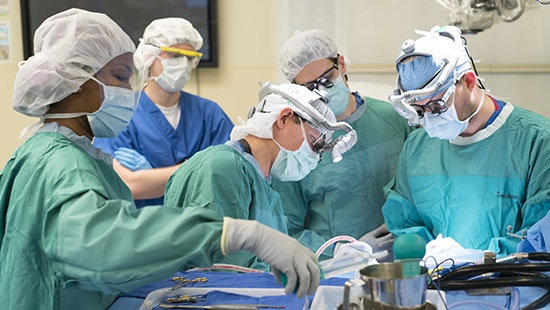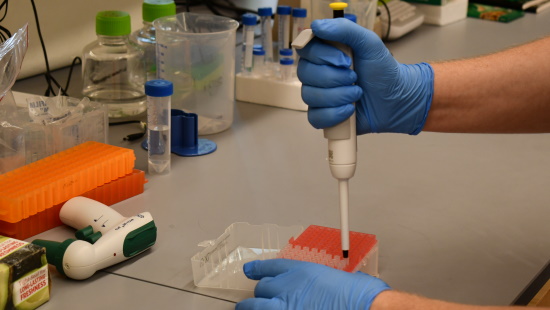Brain Tumor

The University of Maryland Medical Center's Brain Tumor Program at the UM Greenebaum Comprehensive Cancer Center combines leading, innovative brain surgery and other treatment options to create individualized treatment plans that give our patients the best possible outcomes.
Why Choose Us
- The UMMC's Brain Tumor Treatment and Research Center at the UM Greenebaum Comprehensive Cancer Center provides innovative brain surgery to treat both malignant and benign tumors.
- Our brain tumor specialists use the latest technology for treatment including awake brain surgery, a groundbreaking treatment that allows for neurological function testing during the procedure.
- Our focus on research and clinical trials puts us at the forefront of treating brain tumors, including non-invasive procedures. Learn about our clinical trials, including one for glioblastoma which uses MRI-guided focused ultrasound.
- We also partner with the Maryland Proton Treatment Center to offer a highly advanced and precise form of radiation therapy for children and adults.






